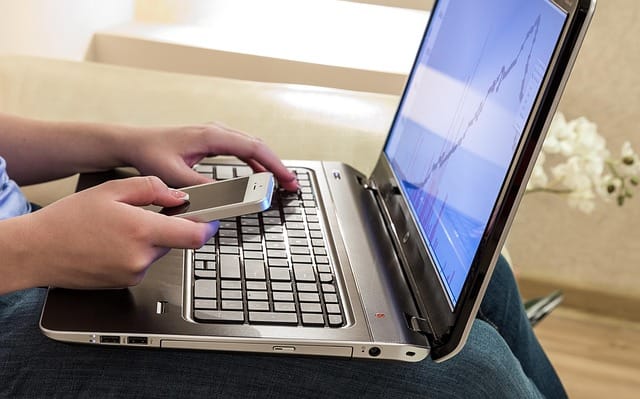Tips to Consider When Relocating to a New Town
Relocating to a new town can be both exciting and overwhelming. Whether you’re moving for a job, family, or simply a change of scenery, the process involves more than just packing boxes and hiring movers. Adjusting to a new environment, knowing how much you can expect to pay for water, understanding the local culture, and building new routines all take time and planning. Preparing yourself mentally and logistically can ease the transition and help you make the most of your new start. Here are some tips to get you ready.
Research the Town Thoroughly Before the Move
Understanding your new town before you arrive is essential. Research the local economy, school districts, climate, public transportation, and healthcare services. Explore online forums or social media groups to gain a sense of community life and gather insights from locals. Knowing about the area’s strengths and challenges can help you make better decisions about where to live and how to integrate into the community.

Visit the Town If Possible
If time and budget permit, consider visiting the town in person before you move. Walk around potential neighborhoods, visit local grocery stores, dine at restaurants, and drive around during different times of day to understand traffic and activity levels. These visits can reveal important details that might not show up in online research. They can also help you determine if the area fits your lifestyle and expectations.
Budget for More Than Just Moving Costs
Relocating involves more than the cost of moving trucks and packing supplies. Account for deposits on housing and utilities, possible changes in insurance rates, vehicle registration fees, and the cost of living in the new town. Unexpected expenses can arise, especially if your new location has a different economic structure or higher pricing for goods and services. Creating a realistic budget prevents unnecessary stress down the line.

Find the Right Housing Option
Whether renting or buying, choose a home that suits your needs and lifestyle. Consider proximity to work, schools, public services, and local amenities. If you’re unsure about where to settle long-term, renting first gives you time to explore various neighborhoods before committing to a permanent residence. Think about the space you need, safety, commute time, and potential for resale or rental value in the future.
Start Building a Community Early
Moving to a new town can feel isolating at first, so finding ways to connect is crucial. Attend local events, join community centers, volunteer, or participate in local interest groups. Meeting new people and forming connections can help you settle in faster and create a sense of belonging. Don’t hesitate to introduce yourself to neighbors or ask coworkers for tips on navigating local life.

Conclusion
Relocating to a new town is more than a physical move—it’s a fresh chapter that requires careful planning and a flexible mindset. By researching ahead, budgeting wisely, choosing the right home, and actively seeking community, you can transition smoothly and start enjoying your new surroundings sooner. With the right approach, your new town can quickly start to feel like home.











 When looking to purchase a condominium, you should have in mind that you will have other expenses to deal with. Aside from the purchasing amount, you have attorney fees, moving costs, and applicable taxes to consider. You need to do a proper calculation of the total cost with a financial advisor in order to prepare beforehand adequately.
When looking to purchase a condominium, you should have in mind that you will have other expenses to deal with. Aside from the purchasing amount, you have attorney fees, moving costs, and applicable taxes to consider. You need to do a proper calculation of the total cost with a financial advisor in order to prepare beforehand adequately.

